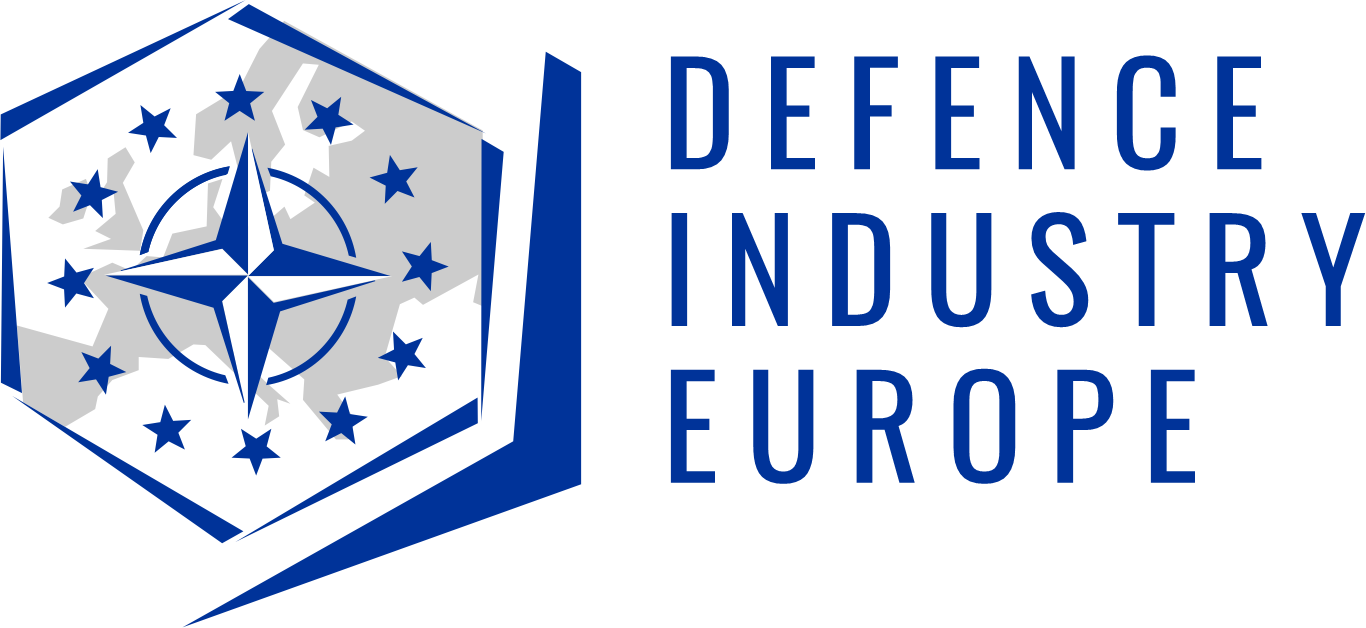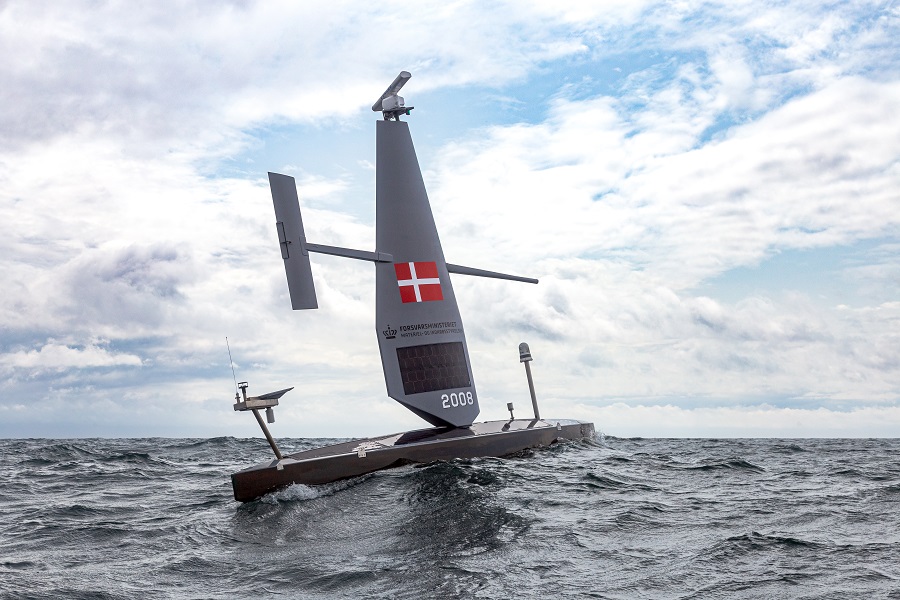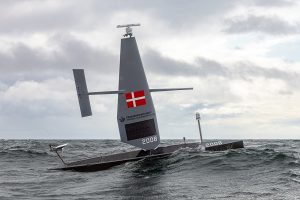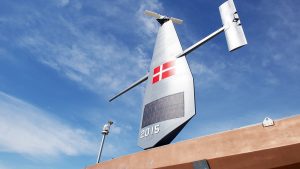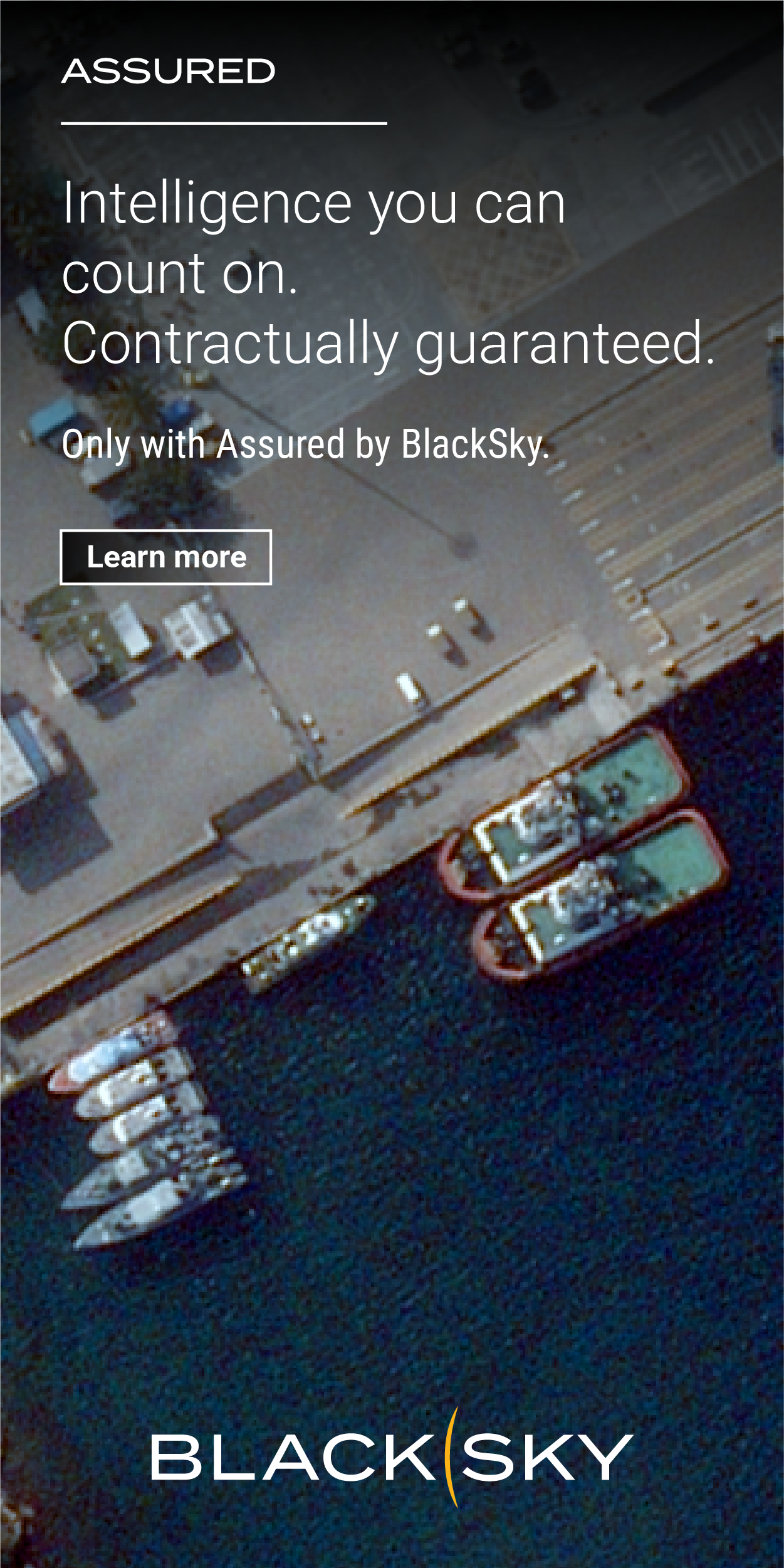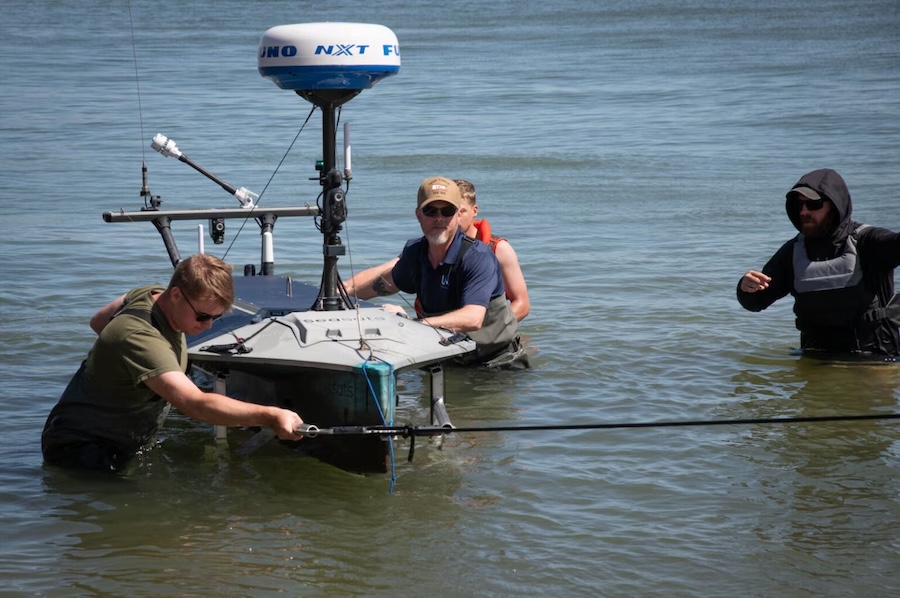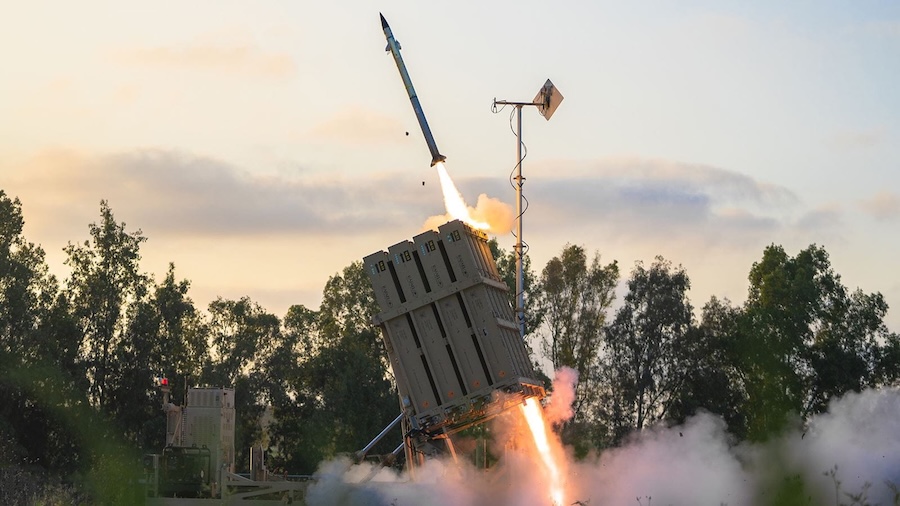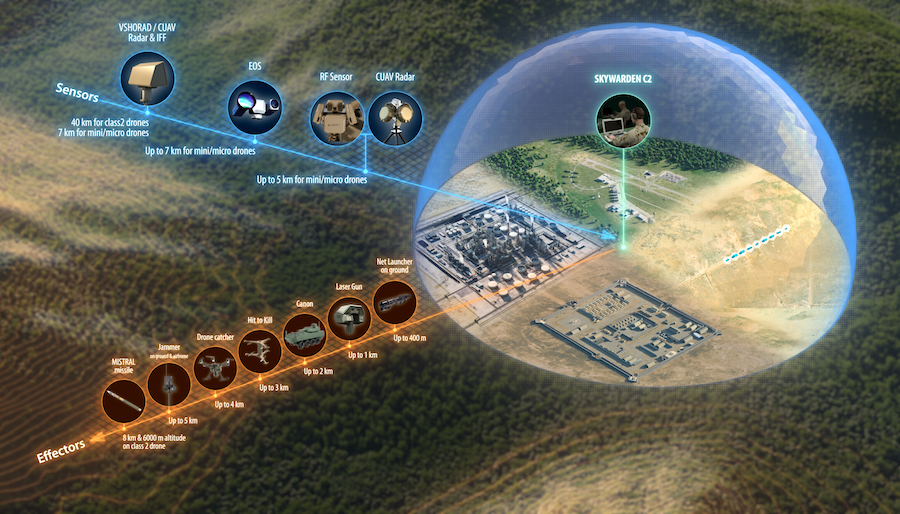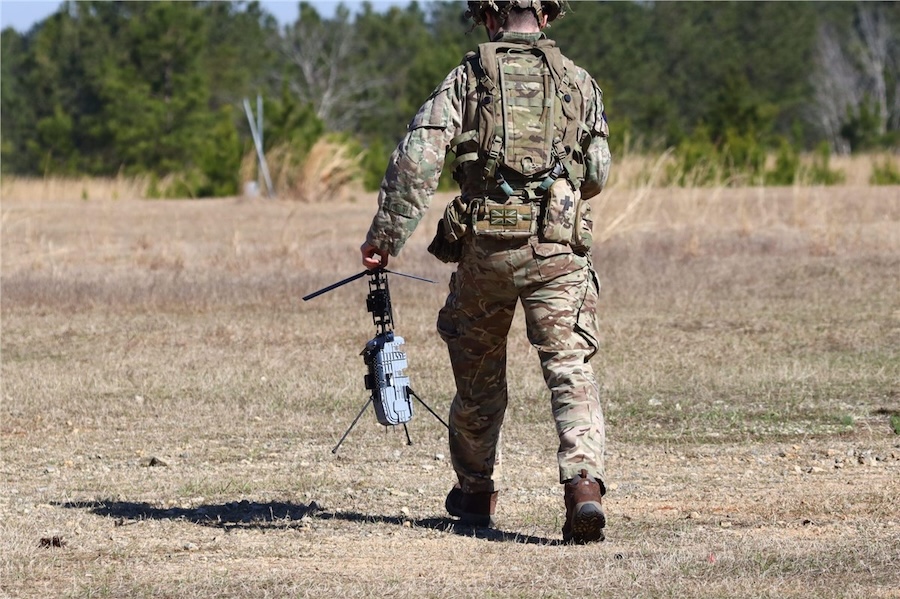Led by NATO Allied Command Transformation (ACT), alongside NATO Maritime Command (MARCOM) and the Centre for Maritime Research and Experimentation (CMRE), the initiative featured multi-domain collaboration. Four Saildrone Voyager USVs maintained constant operation, delivering round-the-clock wide-area surveillance and maritime domain awareness.
Experimenting in the #BalticSea! Meet the Saildrone Voyager. A sail-powered vessel that can stay at sea 100 days straight without refueling. A small engine, a big sail, and a mission to protect critical underwater infrastructure. #WeAreNato @nato_act @NATOJFCBS pic.twitter.com/pO4BgVsjK5
— NATO Maritime Command (@NATO_MARCOM) June 23, 2025
The Voyager platforms demonstrated their capability to operate in severe weather conditions, remaining on station through gale-force winds and waves exceeding 2 metres. During the exercise, they tracked hundreds of vessels daily and successfully identified the event’s simulated “red forces”.
In addition to exercise targets, the USVs also detected real-world dark vessels, including Russian “shadow fleet” ships and military assets. These findings underscore the platform’s capacity for real-time identification and intelligence gathering in complex maritime zones.
Saildrone’s long-range radar and persistent monitoring were combined with high-speed uncrewed maritime vehicles, enabling rapid-response coordination. This integration illustrated an autonomous, layered force structure able to dynamically respond to maritime developments.
The four Voyagers were launched from Køge, Denmark, operating under Saildrone’s contractor-owned and operated model, which delivers end-to-end mission execution and data services. This approach ensures quick deployment and scalability while reducing operational burdens on NATO partners.
“Saildrone data is integrated into the customer’s common operating picture and is also available via the Saildrone Mission Portal,” the company stated. Saildrone’s global pilot team worked in close coordination with NATO Maritime Command, executing high-volume tasking in support of exercise objectives.
Richard Jenkins, Saildrone founder and CEO, commented: “We are honored to have participated in the NATO Task Force X Baltic Initiative. After eight years of operating Saildrone USVs in the Bering Sea, we are well placed to deal with the conditions in the Baltic Sea, which has very similar latitude, water depths, and sea conditions.”
He added: “Task Force X Baltic has been fantastic to work with, and we look forward to future missions with NATO partners.” The demonstration forms part of NATO’s Dynamic Messenger innovation pathway, which seeks to rapidly integrate commercial autonomous systems into Allied operations.
Saildrone’s contribution to the Task Force X Baltic initiative highlights the Voyager USV’s value for defence and security applications in demanding marine environments. The company provides maritime intelligence, surveillance, and reconnaissance solutions to military, security, and commercial customers worldwide.
With over 2 million nautical miles sailed and more than 50,000 operational days at sea, Saildrone’s USVs have become a trusted asset for maritime intelligence in challenging global theatres. The Baltic Sea deployment confirms their utility in advancing NATO’s autonomous capabilities.



